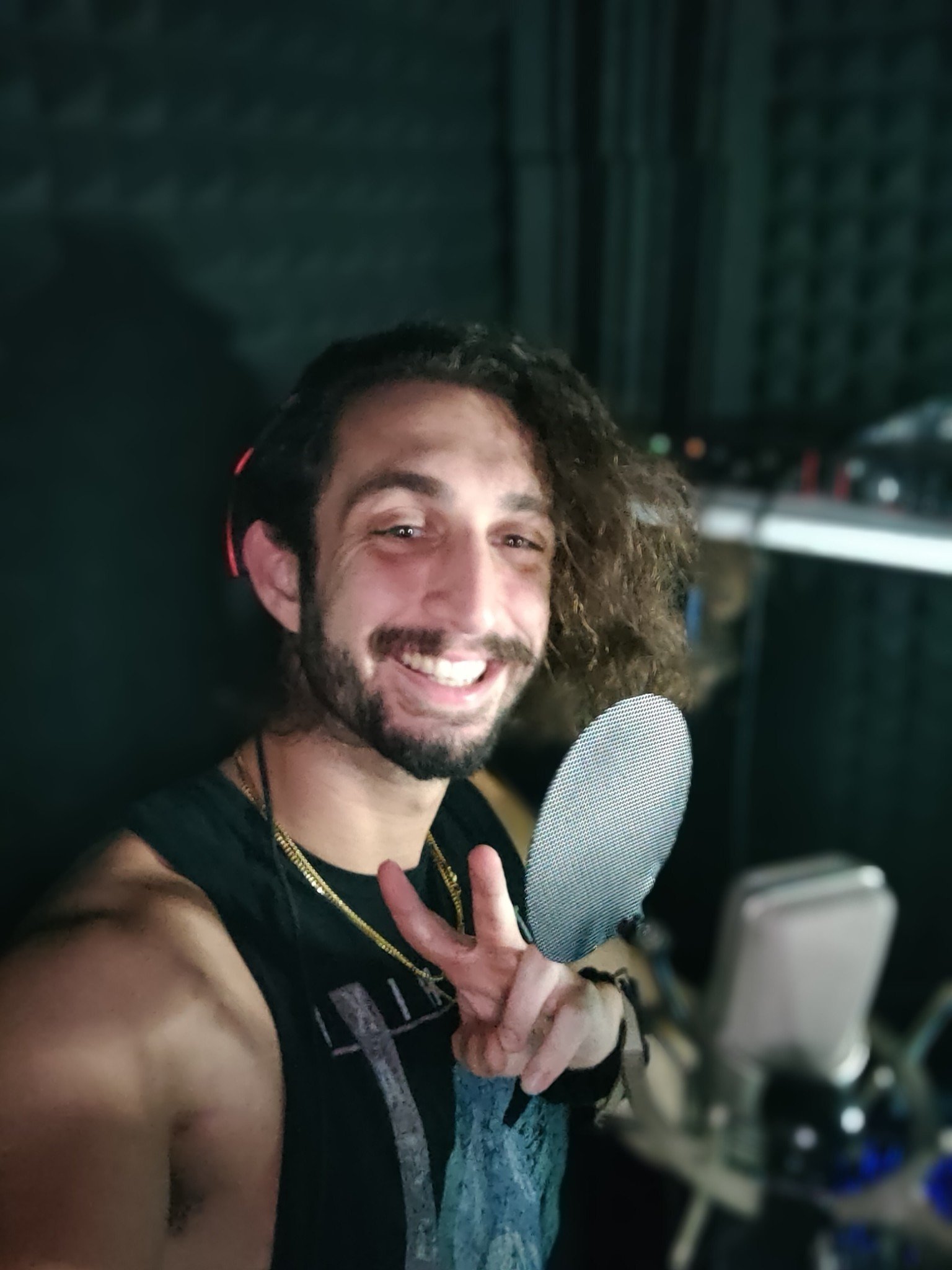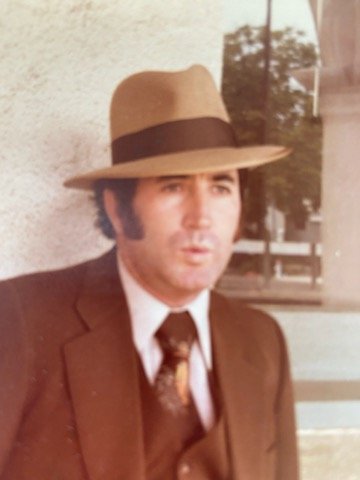By: Nate Myers
There are videos on YouTube with thousands, often millions of views. The titles are outlandish to the uninitiated:
Let’s talk about what’s going on in the ASMR world. What it is, popular mediums, and how it may or may not be considered voice-over work.
What is ASMR?
ASMR is an acronym that stands for “Autonomous Sensory Meridian Response.” It’s a term to describe a sensation people get when they watch or listen to stimulating videos. Most commonly, it’s described as a pleasurable, “tingly” feeling running down your spine. It can be powerfully relaxing and even help insomniacs with sleep.
Although the term ASMR might sound very scientific, it’s far from proven science. Many people don’t understand it, can’t experience it, or don’t even care. Despite this, some content creators garner millions of views, followers, and even dollars through the art of ASMR.
ASMR’s most common content comes from soft audio created using everyday objects, conversations, and roleplay/storytelling. It can be someone whispering into a microphone or tapping, scratching, touching clothing, glass, or the microphone itself. It can be the sound of pouring a can of soda pop into a glass. Any pleasing, quiet sound can be used to create ASMR.
These “triggers” often are the title of the video. Maybe slime isn’t your thing, but you really like the popping sounds of bubble wrap or a paintbrush. ASMR isn’t inherently sexual, and although there is a sexual ASMR audience, there are similarities between ASMR triggers and sexual turn-ons. Triggers vary from person to person, and the ASMR world can span all of that to help viewers experience something.
Popularity of ASMR
Although ASMR origins are vague, it started in the 2010s and has increased in popularity exponentially. If millions of views on YouTube aren’t convincing enough, look at these stats.
YouTube Channel Subscriber Counts:
1. Gibi ASMR: 4.45 million
2. WhispersRed ASMR: 2.53 million
3. Gentle Whispering ASMR: 2.21 million
4. Latte ASMR: 1.88 million
5. ASMRMagic: 1.44 million subs
Twitch Follower Counts:
1. Amouranth: 6.03 million
2. TheNicoleT: 1.26 million
3. Leynainu: 906 thousand
4. IJenz: 681 thousand
5. gonsabeellla: 639 thousand
ASMR content creators, especially female ones, are killing it online, with average viewers in the thousands every time they stream on Twitch or post a new video to YouTube. IJenz has been watched for 209,125 hours in the last seven days (November 13, 2022). Her followers are putting in some serious time.
The r/ASMR subreddit has more than 258,000 members as of the time of writing.
The numbers speak for themselves! ASMR is a popular online phenomenon, and ASMR fan counts are growing month over month.
Is ASMR Voice Over?
Here at The Voice Shop, our specialty is Voice Over. The commercial voice over industry is structurally VERY different from ASMR. Voiceovers for radio ads, Super Bowl commercials, and vodcasting are usually professional in nature and operate in the world of contracts, agencies, and networking.
However, ASMR hasn’t been commercialized in a serious sense. The business case has yet to be proven. However, there is room to play for most brands. For example, TikTok often features businesses creating ASMR content using their product. An electric guitar’s natural noises can be recorded: switching pickups, knocking on the wood, turning the volume knob, etc. Results are mixed, but the viewership is there.
Okay, so Voice Over is commercial, and ASMR is usually not. However, there are many similarities. The primary similarity is through equipment needed. Both voice-over and ASMR use microphones, pop filters, sound treatment for the room, audio interfaces, and audio-editing software (DAW).
Another significant similarity is, of course, the use of the human voice. Most prominent ASMR content creators use their voice as a primary stimulant.
Conclusion? They’re not the same, but they aren’t dissimilar either.
Will there eventually be a bridging of ASMR into commercial voice over? Time will tell. But today, all signs point to ASMR being another category among narration, animation, and the like.

































